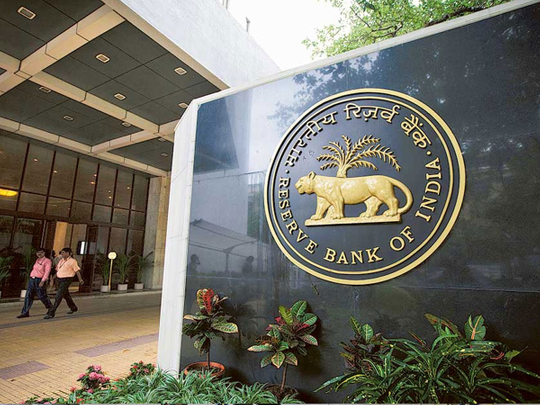
The Reserve Bank of India eased rules to give lenders laden with bad debt more time to resolve delinquent accounts and lifted a deadline for pushing defaulters into bankruptcy courts.
The directive, which also covers shadow banks, gives lenders 30 days to review a delinquent account and a further 180 days to implement a resolution plan, loosening the previous timeline. Lenders must make additional provisions if there are delays in executing the plan, the central bank said Friday.
India’s Supreme Court in April overruled an RBI directive mandating a timeline for recasting delinquent accounts, which asked banks to seek loan resolutions if borrowers defaulted by a single day and move them to bankruptcy court if restructurings weren’t concluded in 180 days. Industry bodies for power-generating companies, shipyards and sugar mills challenged the directive.
“The new guidelines provide a system of strong disincentives in the form of additional provisioning for delay in initiation of resolution or insolvency proceedings,” RBI Governor Shaktikanta Das said in a speech on Saturday. “The new framework makes inter-creditor agreements mandatory and provides for a majority decision to prevail.”
“This is a good step to calm the market down. It also gives leeway to banks to make as much effort as they can to avoid insolvency proceedings,” said Chitranshul Sinha, a partner at Dua Associates, where he focuses on bankruptcy laws. “It also provides promoters an opportunity to salvage their business.”
The measures further unwind the discipline that previous governors had sought to introduce to clean up a banking system saddled with the world’s worst non-performing loan ratio. Das has relaxed lending rules for some weak state-run banks and allowed the restructuring of loans to small businesses to drive credit and economic growth.
The rules, which take effect immediately, give lenders discretion in how loan defaults are addressed. Banks will need to make additional provisions for as much as 35% of the outstanding amount if they miss the deadline for implementing resolution plans.
The regulator retained the right to issue directives to initiate bankruptcy proceedings against borrowers for specific defaults to maintain the pace of resolutions.
“It is expected that the current circular will sustain the improvements in credit culture that have been ushered in by the efforts of the government and the Reserve Bank of India so far,” the central bank said in its statement.











